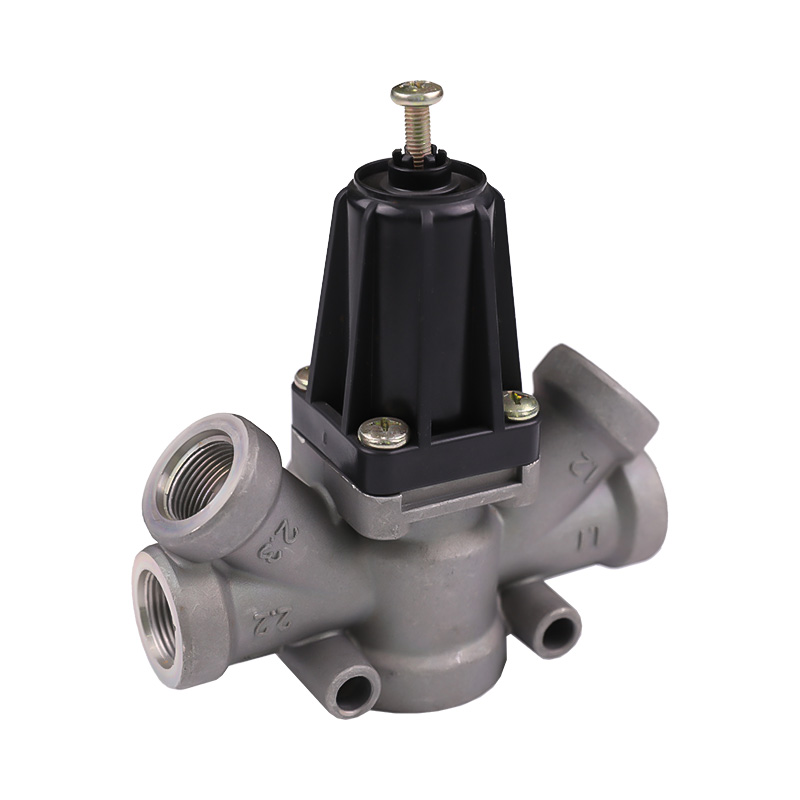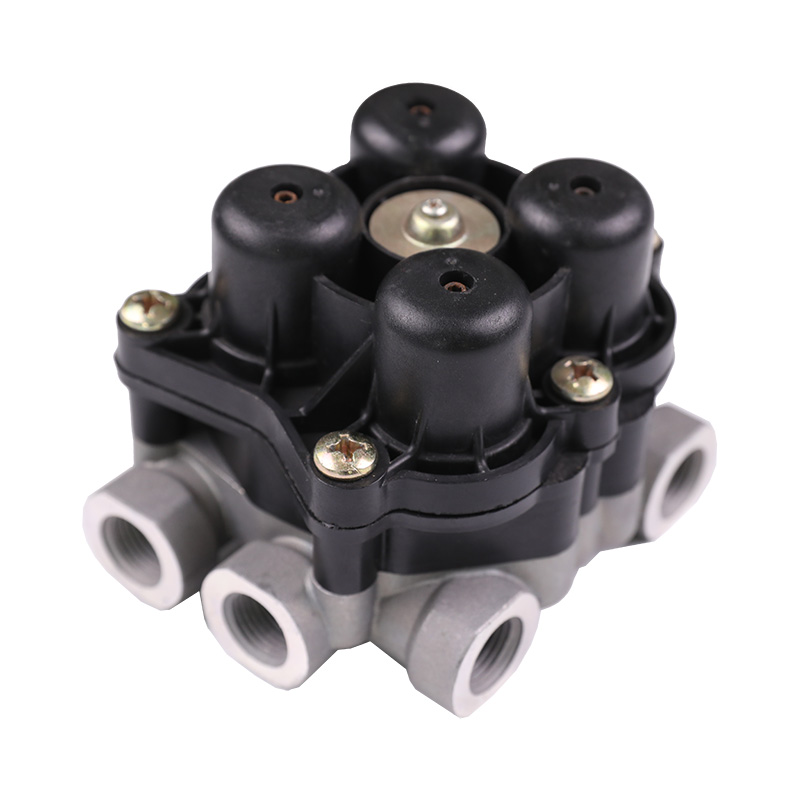When conducting in-depth analysis of the condensate reflux problem, a comprehensive inspection and evaluation of the gas circuit system is first necessary. The core of this process is to confirm the rationality of the design of the connecting pipe between the air dryer and the gas storage cylinder, especially to pay attention to whether the pipes are low-lying, horizontal or improperly tilted. In many cases, vehicles fail to strictly follow the technical specifications for installation height and gas slope formulated by the dryer manufacturer during modification or maintenance, resulting in the risk of liquid backflow in the connecting pipeline. When the compressor stops working, the air pressure in the system decreases, and the residual moisture in the pipeline may flow back into the gas storage system or return to the dryer under the action of gravity. To effectively solve such problems, adjustments must be made from the source, gas pipelines must be redesigned, ensuring that the dryer is installed higher than the gas cylinder, and introducing appropriate slope and drainage designs into the connecting pipeline to avoid any "inverted U-shaped" structures that may cause water accumulation. In addition, installing a drain valve at the low point of the gas circuit is also an effective auxiliary drainage measure.
Next, the check valve structure inside the dryer needs to be carefully inspected to ensure the integrity and effectiveness of its function. Modern air dryers are generally equipped with a reverse stop function, designed to prevent compressed air from flowing back to the dryer after shutdown and bringing back moisture. If the spring of the check valve is fatigued, the sealing material is aging, or the valve body fails due to scaling, it will lead to the unblocking of the return path, which will cause the condensate backflow problem. To this end, it is recommended to disassemble the check valve assembly, check the status of its various parts, replace the sealing gasket, remove impurities at the valve seat, and evaluate whether the entire check valve assembly needs to be replaced based on the service life and working frequency of the equipment. In order to further improve the counter-deactivation effect, it is possible to consider adopting a new counter-deactivation valve structure with high strength and self-cleaning functions to fundamentally inhibit the reflux of condensate.
In addition to the above factors, the design of the exhaust path may also be a key reason for the reflux of condensate. In some designs, the exhaust passage is too short, too straight or negative pressure suction occurs, resulting in the discharged condensate not being completely discharged into the atmosphere, but is adsorbed or refluxed into the bottom or front end gas reservoir of the dryer when the system is stationary. Measures such as optimizing the exhaust path, installing a return air isolation device, extending the exhaust hose and setting up a liquid discharge buffer chamber can significantly improve the emission effect. At the same time, ensuring that the exhaust port is away from the airflow disturbance area or high-speed operating area to avoid interference from external air pressure fluctuations on the exhaust process, and it is also an important part of preventing liquid suction.
In the case where condensate reflux is frequent or water accumulation has been caused by the system, the desiccant status inside the air dryer must be checked with a key focus. Several desiccants have been saturated, and their ability to intercept moisture will significantly decrease, which will cause water vapor to enter the gas storage cylinder with the air flow, and after cooling, it will form condensate and accumulate. An effective way to solve this problem is to replace the desiccant in time and use new molecular sieve materials that are resistant to oil, high temperature and high adsorption efficiency to improve the overall dehumidification performance. For vehicles that are used for a long time and high frequency, it is recommended to shorten the replacement cycle of the desiccant and dynamically adjust it in combination with the specific operating environment to avoid desiccant failure due to overload.
Finally, defects in the body structure of the air dryer or leakage in the intake path may also lead to poor drainage and form a return path. Some low-end or old equipment may cause incomplete discharge of moisture due to deformation of the valve body, corrosion of the sealing surface or blockage of the exhaust passage. After the system pressure is restored, the water vapor is pressed back into the gas circuit. At this time, the air dryer must be fully disassembled and cleaned, the exhaust ports must be unblocked, and the valve body must be replaced if necessary to ensure the normal operation and stability of the system. Through the above measures, the frequency of condensate reflux can be effectively reduced and the overall performance and reliability of the system can be improved.






